| << Chapter < Page | Chapter >> Page > |
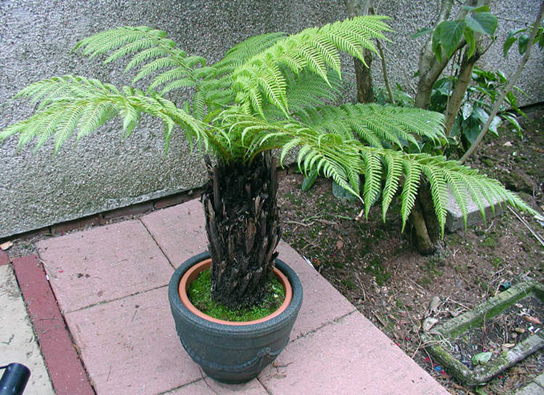
The tip of a developing fern frond is rolled into a crozier, or fiddlehead ( [link] a and [link] b ). Fiddleheads unroll as the frond develops.
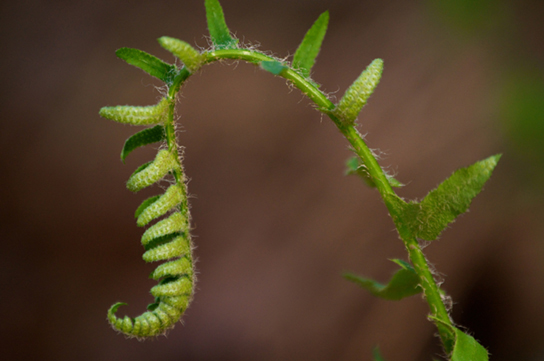
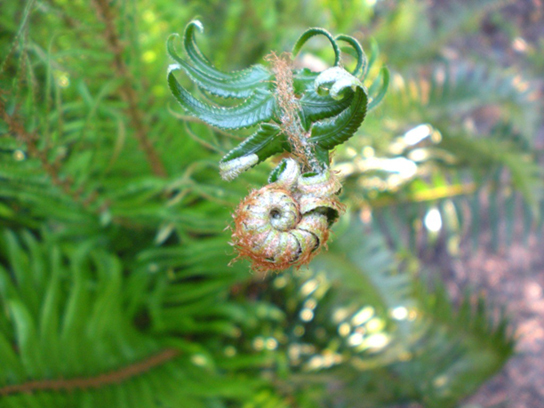
The lifecycle of a fern is depicted in [link] .
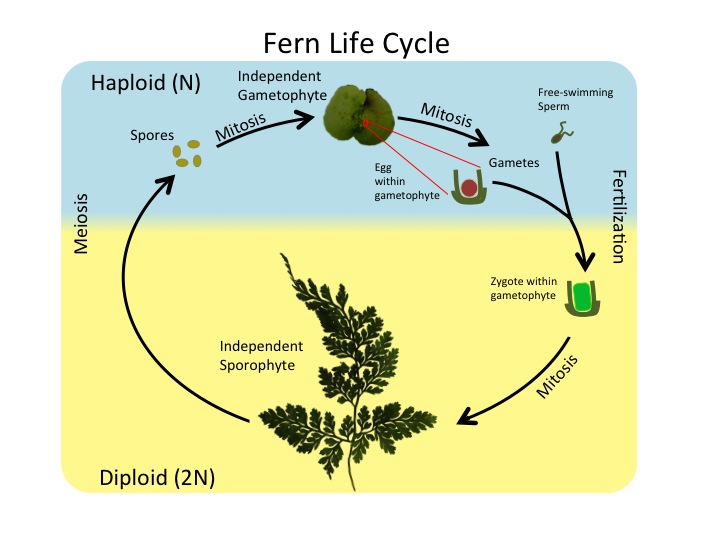
Most ferns produce a single type of spore and are therefore homosporous. The diploid sporophyte is the most conspicuous stage of the lifecycle. On the underside of its mature fronds, sori (singular, sorus) form as small clusters where sporangia develop ( [link] ).
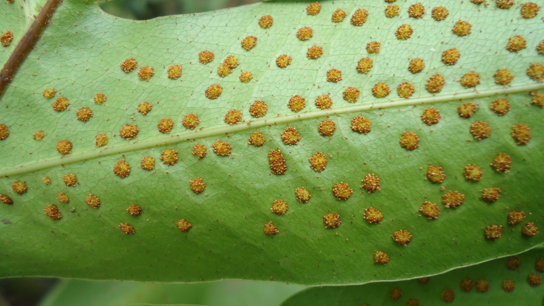
Inside the sori, spores are produced by meiosis and released into the air. Those that land on a suitable substrate germinate and form a heart-shaped gametophyte, which is attached to the ground by thin filamentous rhizoids ( [link] ).
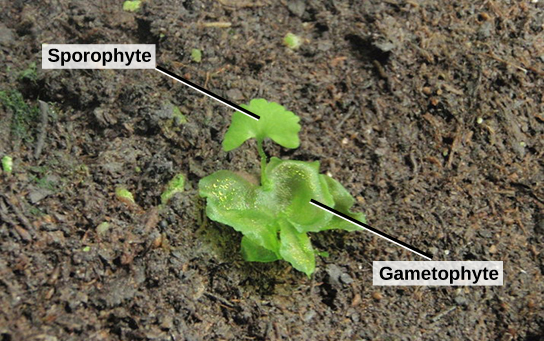
The inconspicuous gametophyte harbors both sex gametangia. Flagellated sperm released from the antheridium swim on a wet surface to the archegonium, where the egg is fertilized. The newly formed zygote grows into the next generation sporophyte.
Mosses and liverworts are often the first macroscopic organisms to colonize an area, both in a primary succession—where bare land is settled for the first time by living organisms—or in a secondary succession, where soil remains intact after a catastrophic event wipes out many existing species. Their spores are carried by the wind, birds, or insects. Once mosses and liverworts are established, they provide food and shelter for other species. In a hostile environment, like the tundra where the soil is frozen, bryophytes grow well because they do not have roots and can dry and rehydrate rapidly once water is again available. Mosses are at the base of the food chain in the tundra biome. Many species—from small insects to musk oxen and reindeer—depend on mosses for food. In turn, predators feed on the herbivores, which are the primary consumers. Some reports indicate that bryophytes make the soil more amenable to colonization by other plants. Because they establish symbiotic relationships with nitrogen-fixing cyanobacteria, mosses replenish the soil with nitrogen.
At the end of the nineteenth century, scientists observed that lichens and mosses were becoming increasingly rare in urban and suburban areas. Since bryophytes have neither a root system for absorption of water and nutrients, nor a cuticle layer that protects them from desiccation, pollutants in rainwater readily penetrate their tissues; they absorb moisture and nutrients through their entire exposed surfaces. Therefore, pollutants dissolved in rainwater penetrate plant tissues readily and have a larger impact on mosses than on other plants. The disappearance of mosses can be considered a bioindicator for the level of pollution in the environment.
Ferns contribute to the environment by promoting the weathering of rock, accelerating the formation of topsoil, and slowing down erosion by spreading rhizomes in the soil. The water ferns of the genus Azolla harbor nitrogen-fixing cyanobacteria and restore this important nutrient to aquatic habitats.
Seedless plants have historically played a role in human life through use as tools, fuel, and medicine. Dried peat moss, Sphagnum , is commonly used as fuel in some parts of Europe and is considered a renewable resource. Sphagnum bogs ( [link] ) are cultivated with cranberry and blueberry bushes. The ability of Sphagnum to hold moisture makes the moss a common soil conditioner. Florists use blocks of Sphagnum to maintain moisture for floral arrangements.
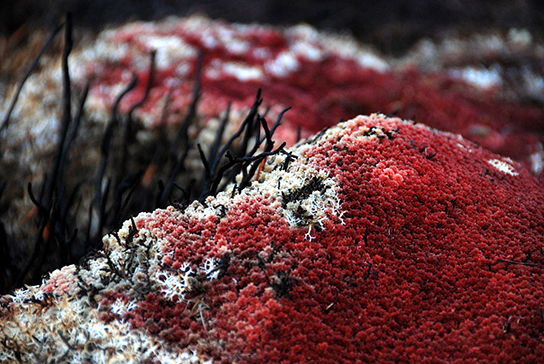
The attractive fronds of ferns make them a favorite ornamental plant. Because they thrive in low light, they are well suited as house plants. More importantly, fiddleheads are a traditional spring food of Native Americans in the Pacific Northwest, and are popular as a side dish in French cuisine. The licorice fern, Polypodium glycyrrhiza, is part of the diet of the Pacific Northwest coastal tribes, owing in part to the sweetness of its rhizomes. It has a faint licorice taste and serves as a sweetener. The rhizome is also valued by Native Americans for its medicinal properties and is used as a remedy for sore throat.
By far the greatest impact of seedless vascular plants on human life, however, comes from their extinct progenitors. The tall club mosses, horsetails, and tree-like ferns that flourished in the swampy forests of the Carboniferous period gave rise to large deposits of coal throughout the world. Coal provided an abundant source of energy during the Industrial Revolution, which had tremendous consequences on human societies, including rapid technological progress and growth of large cities, as well as the degradation of the environment. Coal is still a prime source of energy and also a major contributor to global warming.

Notification Switch
Would you like to follow the 'Principles of biology' conversation and receive update notifications?